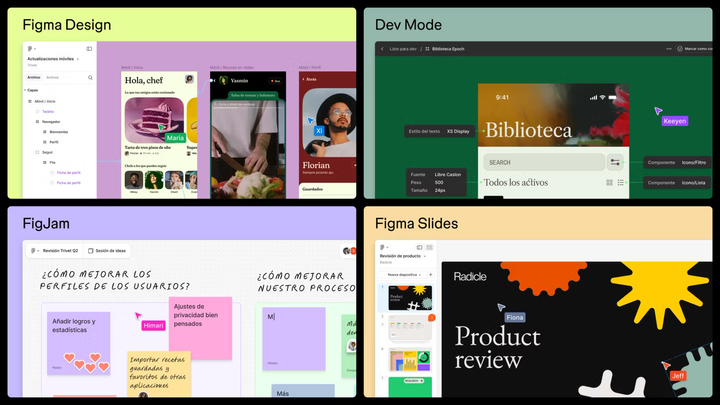Gamification in UX Design: best practices for boosting user engagement
This article covers the best practices in gamification that will enhance your product and increase user loyalty.

In the digital age, where competition for user attention is constantly growing, UX (User Experience) design is crucial for creating successful products and services. One of the most effective tools for enhancing UX is gamification. This involves integrating game elements into non-game contexts, such as mobile apps, online platforms, and enterprise software, to boost user motivation and engagement. In this article, we will explore how gamification can transform UX design and help you create a more engaging user experience.
Key benefits of Gamification
- Increased engagement: Gamification makes interactions with a product or service more engaging and dynamic. Game elements such as contests and challenges can encourage users to spend more time on the platform. For example, fitness apps use gamification to motivate users to maintain regular workouts.
- Motivation for learning and development: Gamification can stimulate the learning process through interactive tasks and game-based challenges. This approach makes learning more engaging and enjoyable. For instance, online courses can employ gamified mechanics to sustain students' interest and encourage course completion.
- Enhanced user retention: By offering continuous challenges and rewards, gamification can improve user retention. Users are more likely to choose a product that consistently provides new goals and achievements.
- Data collection and analytics: Gamification elements allow for the collection of valuable data on user behavior, such as feature usage frequency, task completion, and goal achievement. This data can be analyzed to refine the product, enhance UX, and create personalized recommendations. For example, analytics can reveal which tasks users engage with most frequently, aiding in the optimization of the user experience.
Types of Gamification elements for UX
- Challenges and Achievements
Challenges are among the most effective game elements that can significantly enhance UX, as human nature drives us to take on challenges and prove our abilities. To amplify the impact of challenges, it is beneficial to incorporate rewards that further stimulate user motivation.
For example, Nike's Run Club app sets personalized tasks for users, such as running a specific distance or beating a personal record. Users receive badges and virtual trophies upon completing these tasks, which further motivates them to actively engage with the app.
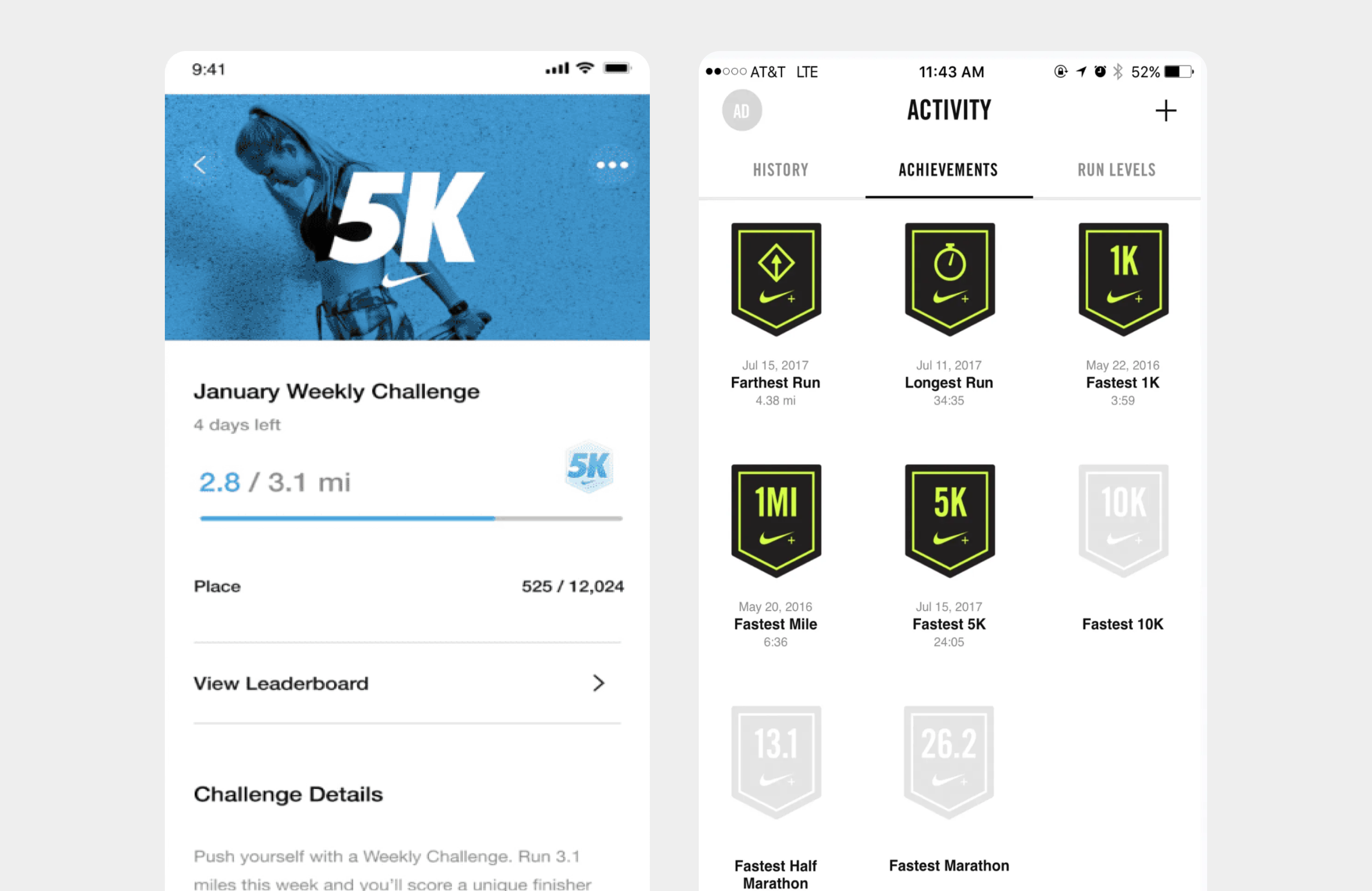
- Points and Rewards
Points and Rewards are fundamental elements of gamification. They involve giving users virtual points or tangible rewards for performing desired actions or behaviors. Accumulating points creates a sense of achievement and motivates users to continue engaging with the platform to earn more points and advance further.
The Starbucks Rewards program is a classic example of gamification in a consumer context. Users earn "stars" for each purchase, which can be redeemed for free food and drinks. The interface of their mobile app is designed to make the process of collecting stars visually appealing and satisfying, adding an enjoyable twist to the customer experience.
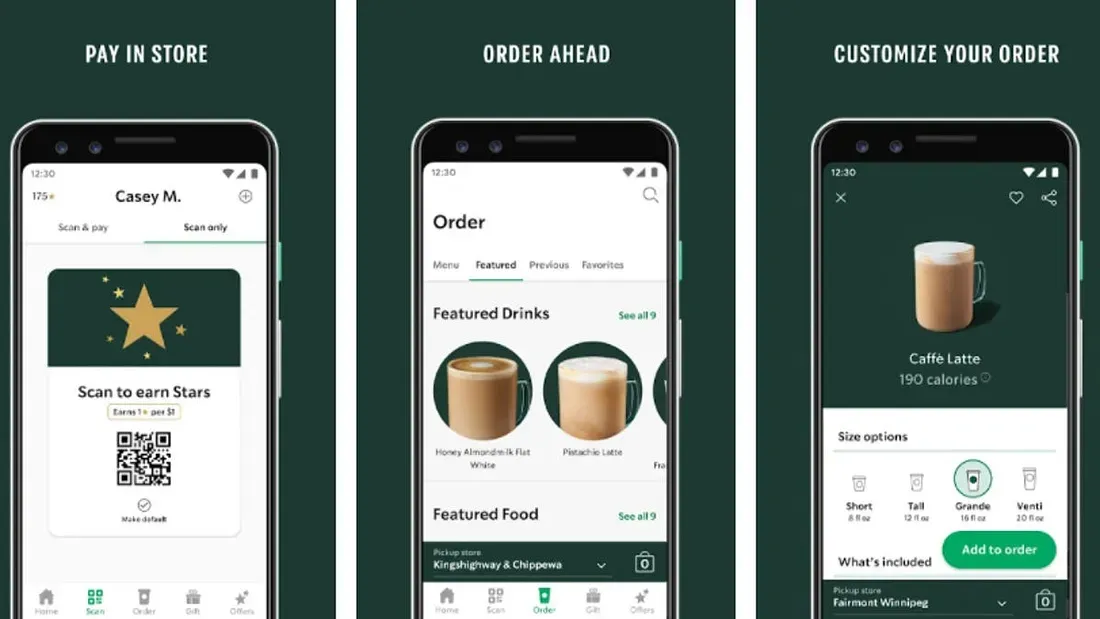
- Levels, Progress tracking, and Journeys
Levels, Progress Tracking, and Journeys are interconnected game elements that provide users with a structured path to follow, a way to visualize their progress, and a sense of achievement as they advance. These elements are especially important for implementing new features and enhancing customer loyalty.
The language-learning app Duolingo is a prime example of successful UI/UX gamification. The platform incorporates levels, progress tracking, and journey concepts to motivate users to consistently practice and make progress in their language learning. The result is an engaging and stimulating learning experience that encourages users to return regularly.
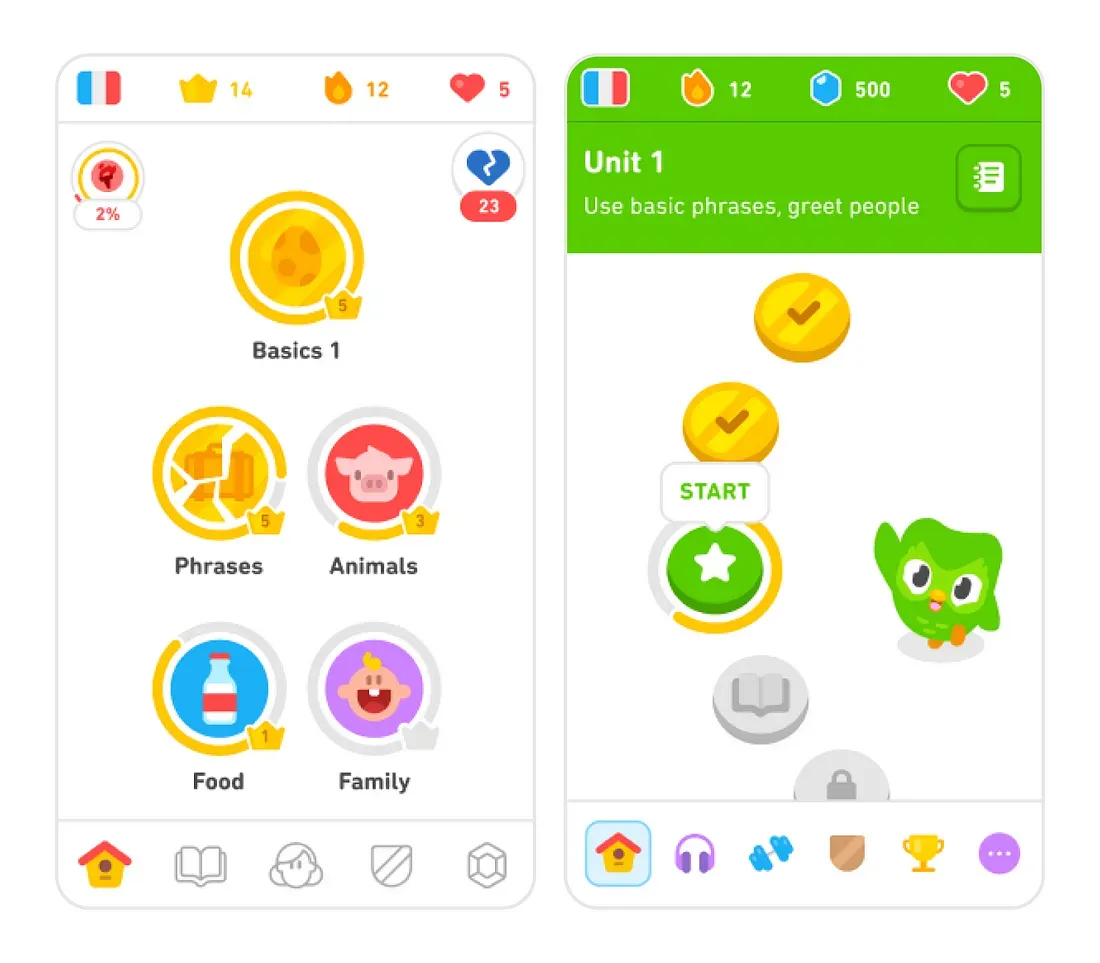
- Badges and Stickers
When users complete tasks or accumulate a certain number of points, they can earn badges or stickers. These rewards motivate users to keep engaging until they collect a full set.
The language-learning app Memrise rewards users with badges and stickers for repeating words, creating a sense of accomplishment as users advance in their learning process.
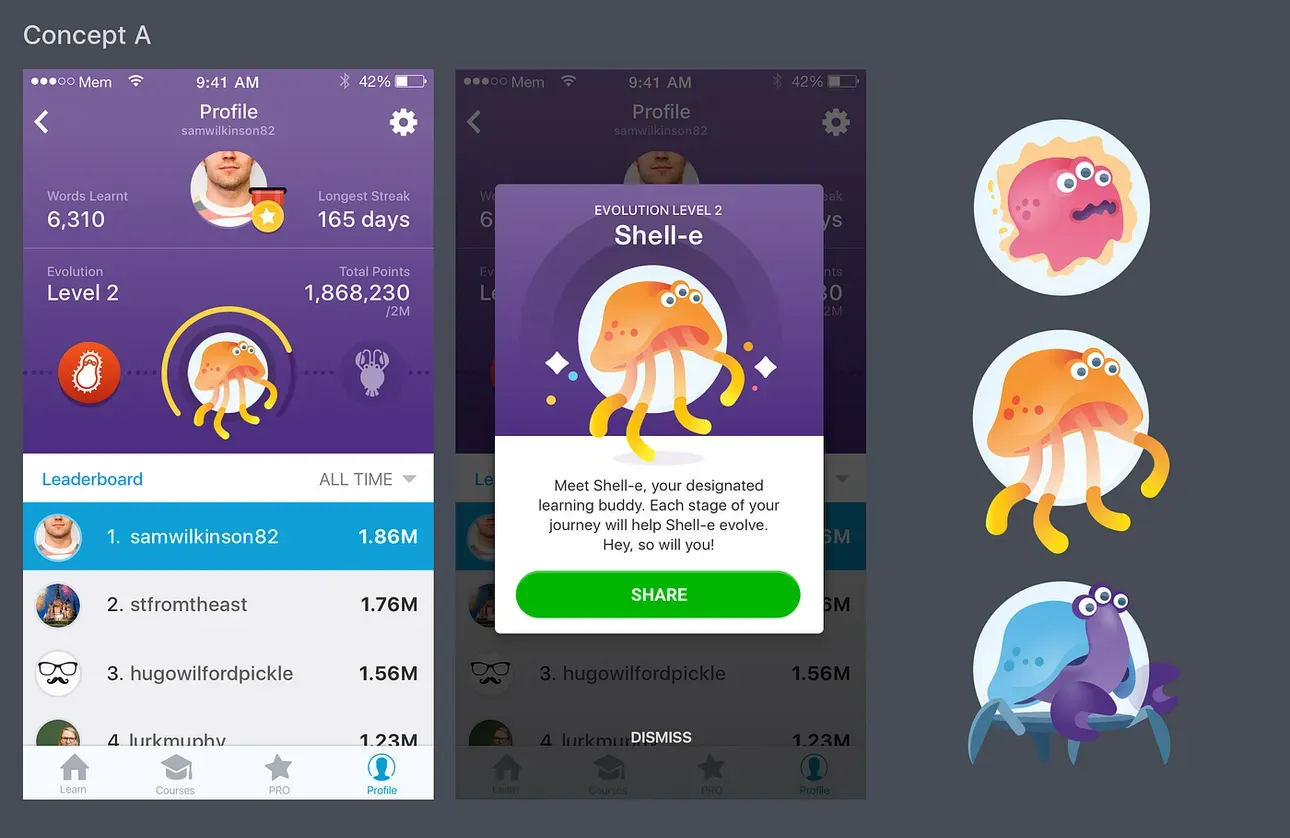
- Leaderboards
Leaderboards are ranking systems that display top performers within a gamified system. They typically show users with the highest scores, the most completed tasks, or other significant metrics. This gamification element facilitates social comparison, encouraging users to enhance their performance and achieve higher rankings.
For example, in the project management system Monday, leaderboards are used to boost engagement within the community. Users earn points for providing helpful answers in product-related discussions.
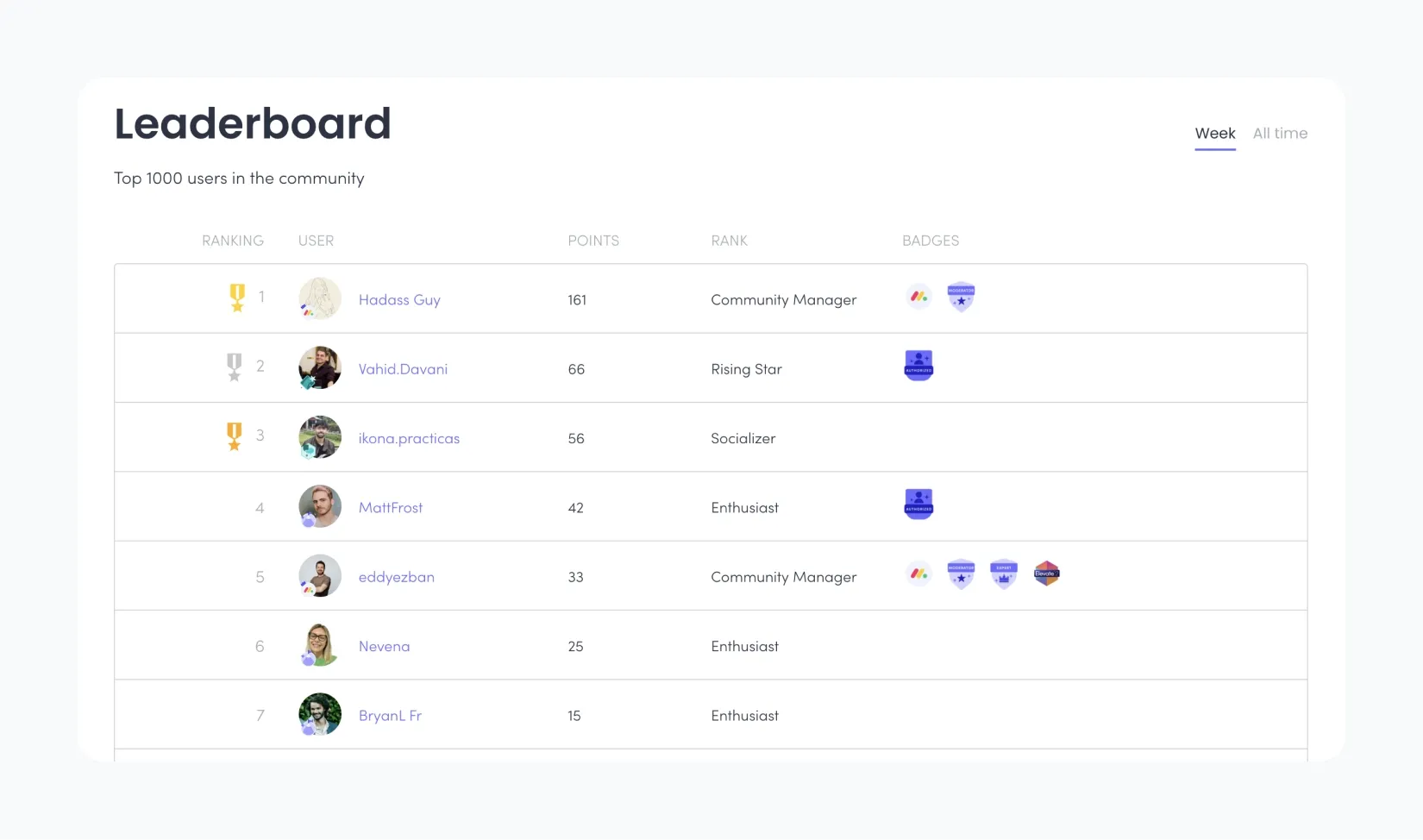
- Negative scoring
This game element involves deducting points or applying penalties for undesirable actions. By associating negative consequences with specific behaviors, you can discourage users from engaging in such actions.
Grammarly, a writing assistant, incorporates negative scoring as part of its gamification approach. When users make grammatical or spelling errors in their writing, Grammarly deducts points from their overall score. Knowing that mistakes will result in a reduction of their score motivates users to avoid writing errors as much as possible.
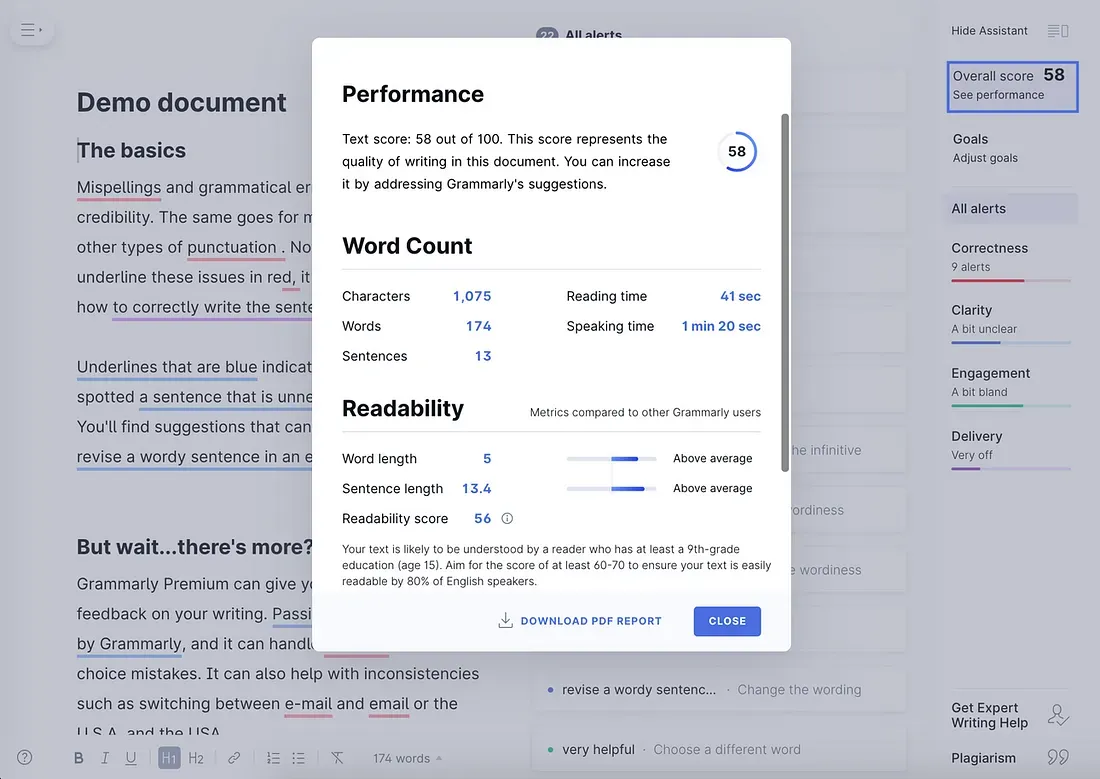
Conclusion
Gamification in UI/UX is a powerful tool for enhancing user engagement and creating a more enjoyable and interactive experience. As technology continues to evolve and user expectations shift, the integration of gamification into UI/UX is likely to become even more prevalent, leading to a more engaging and valuable digital experience for users across various industries.

